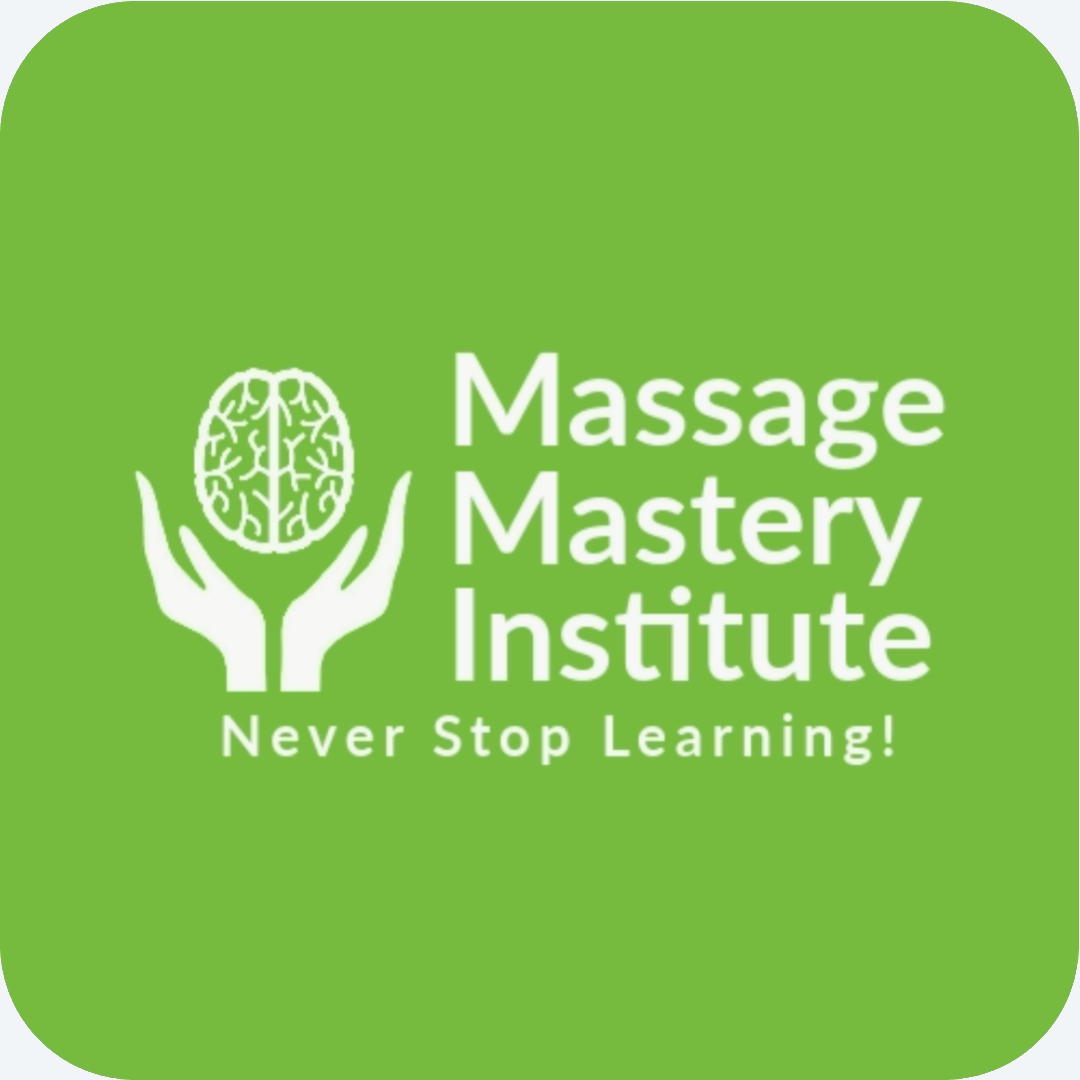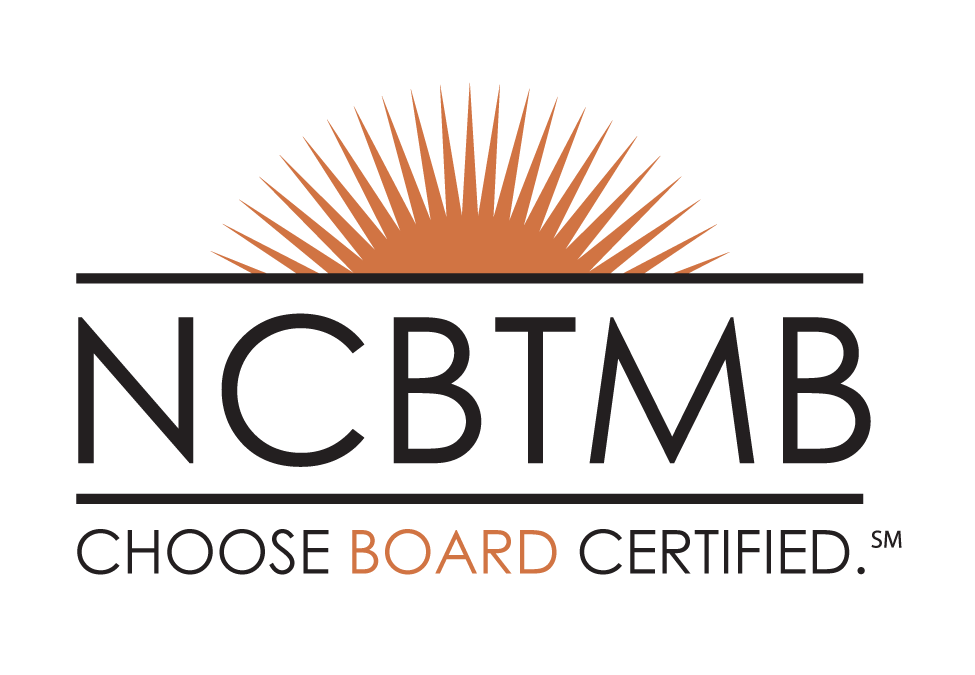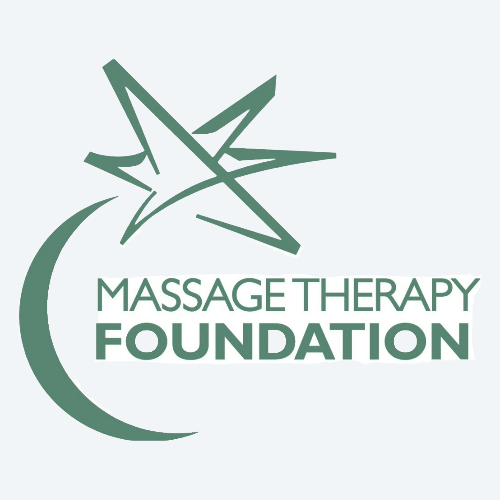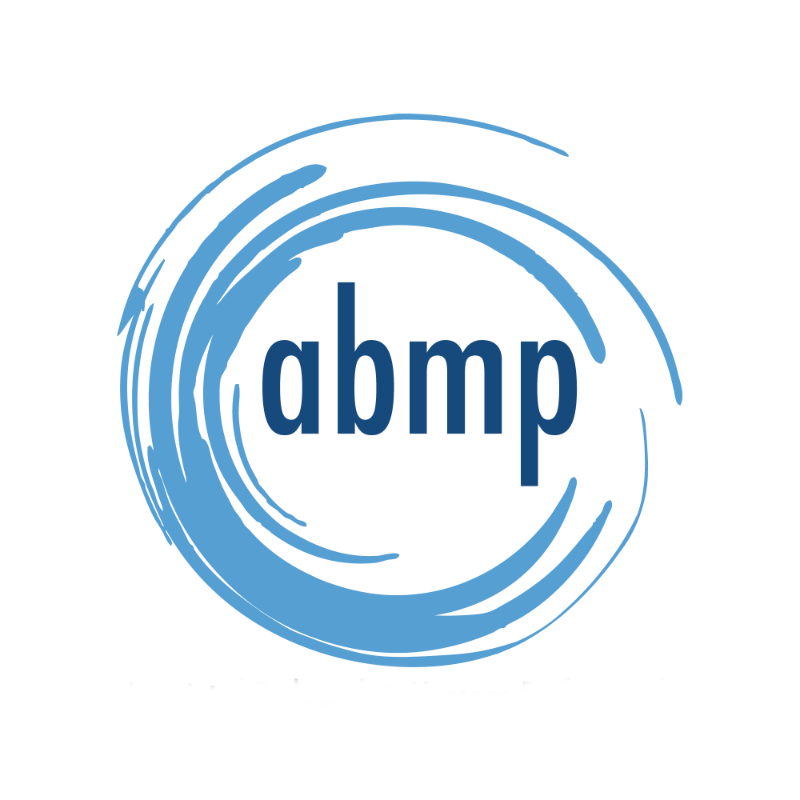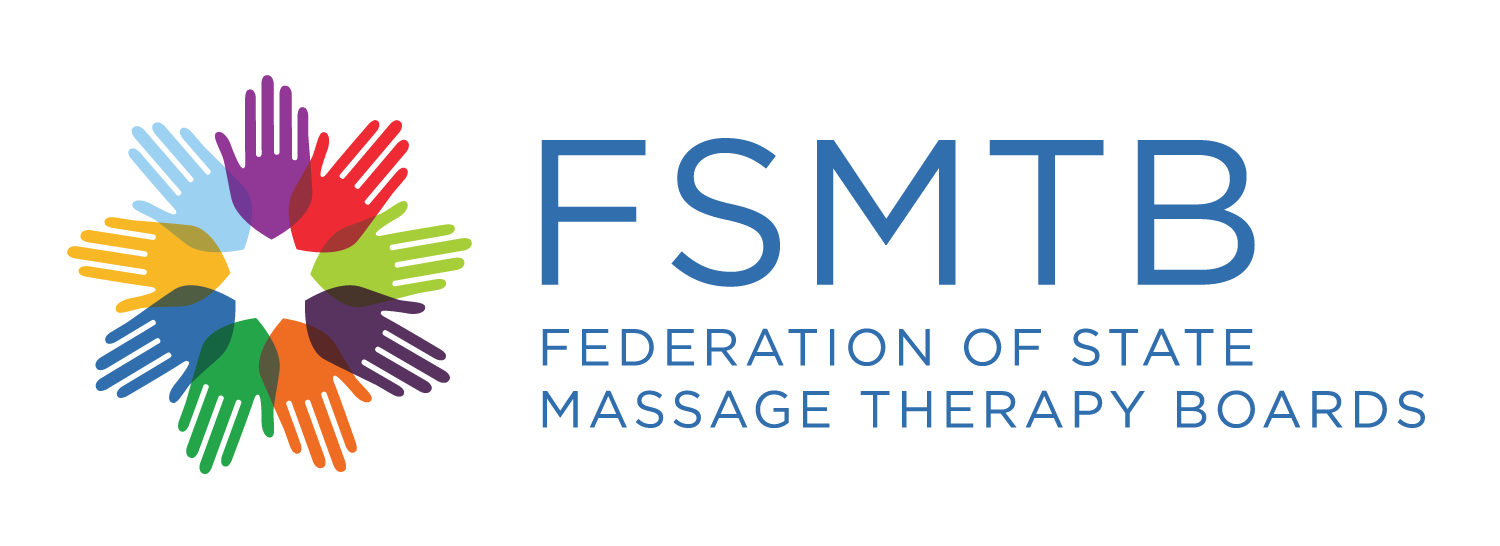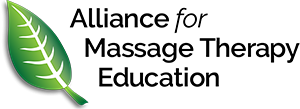Massage Mastery Institute Original NCBTMB CE Courses
In-Person, Hands-On Technical Training
Independent Courses
Can be taken on their own
and in any order.
Prenatal Wellness Massage (16 CEs)
- An introductory course that educated LMTs to work with the healthy, non-high-risk prenatal population. An A&P review of the physiological changes of each trimester of pregnancy and post-partum. Discussion of possible symptoms of each trimester and postpartum. Discussion and practice of prenatal intake and assessment. Discussion of indications and appropriate techniques used in each trimester and postpartum. Discussion of cautions/CIs of each trimester and post-partum. Discussion of clues to identify if someone may be entering into high risk and how to refer the client to the proper medical professional. Practice of proper positioning and bolstering through each trimester and postpartum.
- NCBTMB Approval #: CE400517
- Go to page
Techniques for Mental Health Disorders: A Pathological Approach (16 CEs)
- An A&P review of the ANS. Discussion of proper intake and assessment for this client focus. Theory and practice of approach and application of techniques which calm sympathetic responses and support parasympathetic activity. Discussion of cautions/CIs. Study of supportive literature and research articles.
- NCBTMB Approval #: CE400162
- Go to page
Neuromuscular Techniques
Learning Pathway
To be completed in succession.
Intro to Neuromuscular Techniques for Wellness and Relaxation (8 CEs)
- Outline the differences between wellness/relaxation indications and treatment massage indications. Discussion and practice of intake and assessment when wellness massage is indicated. Discussion of effects of cortisol on the body systems and how massage can help. Theory and practice of NMT technique application in a session focused on wellness. Discussion of cautions/CIs. Study of supportive literature and research articles.
- NCBTMB Approval #: CE400150
- Go to page
Intro to Neuromuscular Techniques for Trigger Point Therapy (8 CEs)
- An A&P review of muscle tissue, muscle contraction, and myofascia. Discussion of how to recognize clues during intake and assessment that may indicate trigger point activity. Discussion of trigger point theories with supporting literature and research. Theory and practice of NMT techniques to treat trigger points. Discussion of cautions/CIs. Study of supportive literature and research articles.
- NCBTMB Approval #: CE400151
- Go to page
Advanced Neuromuscular Techniques (16 CEs)
- Review the specifics and outcomes of all NMT techniques as covered in Intro to NMT. Understanding orthopedic pathologies. Discussing and practicing general intake and assessment for orthopedic pathologies. Theory and practice of using NMT with orthopedic pathologies. Discussion of cautions/CIs as they relate to NMT and orthopedic pathologies. Study of supportive literature and research articles.
- NCBTMB Approval #: CE400155
- Page under construction
Mastering Neuromuscular Techniques (16 CEs)
- Review the specifics and outcomes of all NMT techniques as covered in Intro to Neuromuscular Technique and Mastering Neuromuscular Techniques. Understanding complex pathologies. Discussing and practicing general intake and assessment for more common complex pathologies. Theory and practice of using NMT with more common complex pathologies. Discussion of cautions/CIs as they relate to NMT and complex pathologies. Study of supportive literature and research articles.
- NCBTMB Approval #: CE400159
- Page under construction
Connective Tissue Techniques
Learning Pathway
To be completed in succession.
Intro to Connective Tissue Techniques (8CEs)
- Outline the differences between wellness/relaxation indications and treatment massage indications. Discussion and practice of intake and assessment when treatment massage is indicated. An A&P review of fascia. Discussion and practice of identifying fascial restrictions through palpation. Theory and practice of CT technique application in a session. Discussion of cautions/CIs. Study of supportive literature and research articles.
- NCBTMB Approval #: CE400149
- Go to page
Advanced Connective Tissue (16 CEs)
- Review the specifics and outcomes of all CT techniques as covered in Intro to Connective Tissue Techniques. Understanding the fascial role in orthopedic pathologies. Understanding the true meaning of deep tissue massage and recognizing through practice that deep tissue does not have to hurt the client or the LMT. Discussing and practicing intake and assessment for orthopedic pathologies. Theory and practice of using CT with orthopedic pathologies. Discussion of cautions/CIs as they relate to CT and orthopedic pathologies. Study of supportive literature and research articles.
- NCBTMB Approval #: CE400154
- Go to page
Mastering Connective Tissue Techniques (16 CEs)
- Review the specifics and outcomes of all CT techniques as covered in Intro to CT and Mastering Connective Tissue Techniques. Understanding the fascial role in more complicated pathologies. Discussing and practicing intake and assessment for complicated pathologies. Recognizing gentle and effective approaches of using CT work to relieve secondary symptoms of complicated pathologies where appropriate. Theory and practice of using CT techniques to treat complicated pathologies. Discussion of cautions/CIs as they relate to CT and complicated pathologies. Study of supportive literature and research articles.
- NCBTMB Approval #: CE400158
- Page under construction
Passive Movement Techniques
Learning Pathway
To be completed in succession.
Intro to Passive Movement Techniques (8 CEs)
- An A&P review of joints. A review of body receptors and their response to repetitive passive movement. Discussion and practice of intake and assessment to determine proper usage of these techniques when indicated. Theory and practice of general passive movement techniques in a session. Discussion of cautions/CIs. Study of supportive literature and research articles.
- NCBTMB Approval #: CE400153
- Go to page
Advanced Passive Movement Techniques (16 CEs)
- Review the specifics and outcomes of all PMT as covered in Intro to Passive Movement Techniques. An A&P discussion of the proprioception of joint capsules and the brain/body connection to movement and injury. Discussion on muscle guarding and unnecessary resting muscle tension. Discussing and practicing intake and assessment for orthopedic pathologies. Discussion of cautions/CIs as they relate to PMT and orthopedic pathologies. Study of supportive literature and research articles.
- NCBTMB Approval #: CE400157
- Page under construction
Mastering Passive Movement Techniques (16 CEs)
- Review the specifics and outcomes of all PMT as covered in Intro to Passive Movement Techniques and Advanced Passive Movement Techniques. Understanding the role of passive movement techniques on calming the sympathetic nervous system and sensory feedback. Discussion of how to recognize clues during intake and assessment that may indicate the use of PMT to calm the ANS. Discussion of cautions/CIs to pathologies of the ANS. Study of supportive literature and research articles.
- NCBTMB Approval #: CE401414
- Page under construction
Percussive Techniques
Learning Pathway
To be completed in succession.
Intro to Percussive Techniques (8 CEs)
- Outline the differences between percussion for relaxation/wellness and percussion for stimulation/treatment. A review of body receptors and their response to vibrational stimuli. Discussing and practicing intake and assessment to determine proper usage of these techniques when indicated. Theory and practice of general percussive technique application in a session. Discussion of cautions/CIs. Study of supportive literature and research articles.
- NCBTMB Approval #: CE400152
- Page under construction
Advanced Percussive Techniques (16 CEs)
- Review the specifics and outcomes of all percussive techniques as covered in Intro to Percussive Techniques. Understanding the role of percussive vibration in stimulating muscular activity. Discussion of how to recognize clues during intake and assessment that may indicate the use of percussion to stimulate muscular activity. Discussion of neuromuscular pathologies. Discussion of cautions/CIs as they relate to pathologies of underactive and overactive neuromuscular activity. Theory and practice of percussive techniques to support healthy muscular contraction. Study of supportive literature and research articles.
- NCBTMB Approval #: CE400156
- Page under construction
Mastering Percussive Techniques (16 CEs)
- Review the specifics and outcomes of all percussive techniques as covered in Intro to Percussive Techniques and Advanced Percussive Techniques. Understanding the role of percussive vibration in calming the sympathetic nervous system and sensory feedback. Discussion of how to recognize clues during intake and assessment that may indicate the use of percussion to calm the ANS. Discussion of cautions/CIs to pathologies of the ANS. Study of supportive literature and research articles.
- NCBTMB Approval #: CE400160
- Page under construction
In-Person Offerings from Partnered NCBTMB Providers
The Doreeno Method
Can be taken on their own in any order.
Cupping with Silicone Cups (8 CEs)
- This in-person course has you working with the cups more than half the time, so you will perform as well as receive this amazing service. MMI is proud to host the quality CE courses offered by The Doreeno Method. The cost of the course includes the CE training and the purchase a custom set of LURE Essentials cups for $60 (a $120 value) that you will use in class and take home with you to continue your practice.
- Go to page
Thumb Free Deep Tissue (8 CEs)
- Providing our clients deep tissue and firm pressure body work doesn’t have to hurt, them OR us. This course will delve into how Massage Therapists can provide fantastic therapeutic massage sessions without pain. Injury prevention isn’t just about what to avoid. This intermediate course will give therapists the tools they need to provide deep tissue massage without relying solely on our thumbs.
- Go to page

